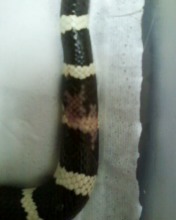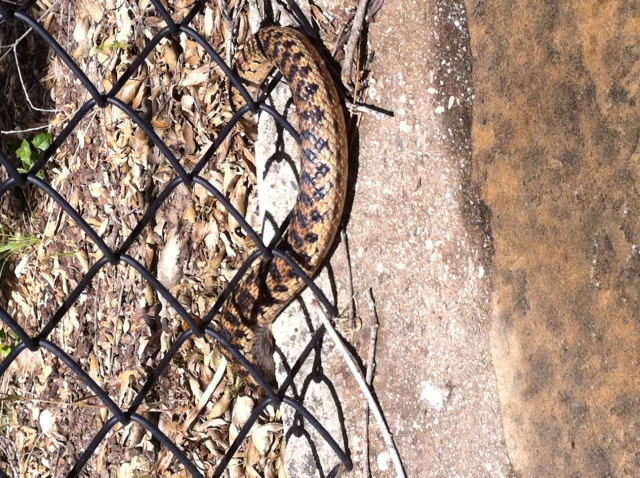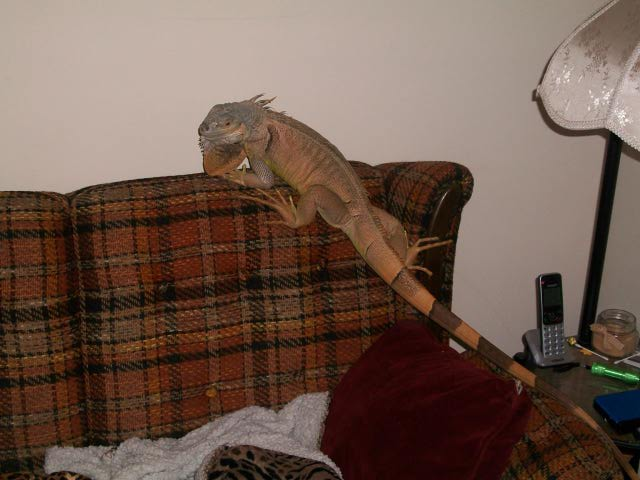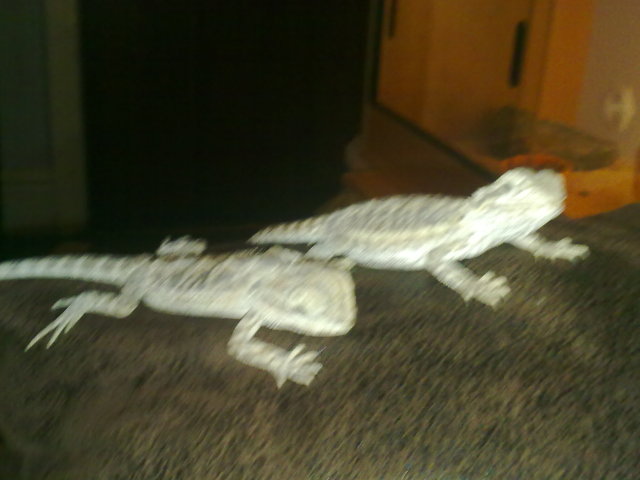QuestionLast week I bought a Whites tree frog from the pet shop and when I got it home to put in his tank he ate immediately. A few days later I found an ulcer on the tip of it's snout and then brown spots on his leg. So far I don't think he has eaten since Tues (today is Sat) and he doesn't look as chubby at all. Could this be an illness? After talking to the pet store I found out that I should be de-chlorinating the water, which I have been doing since Thurs. The pet store said he should improve but he still is not eating. Am I just being impatient or could there be another problem?
AnswerHi Kathy, Anytime there is a complete change of environment for reptiles or amphibians it results in temporary stress and a subsequent suppression of the immune system. Stress has this same effect on all animals including humans. I doubt that lack of treated water for a few days is soley responsible for what you are seeing. When placed in a new enclosure many frogs will try to escape in an attempt to return to their previous territory. They will shove and push at the cage edges (this happens during the night) resulting in physical injuries, usually to the snout, and alot of stress. The combination of that opens to door to bacterial infection. New frogs always have to be observed closely in the first week or two for the development of lesions and discolourations.
Increasing his temperature and reducing stress are the two critical things. He should have a warm area of his tank that is around 85F, that will boost his immune system.
Make sure he has sufficient hide spots and keep handling to only what's neccessary until he is back on track.
White's thrive in fairly dry environments. They have a thicker skin then most species that resists evaporation. A drier tank is less prone to bacteria and fungal problems. Change his water daily.
I would treat the snout lesion at least daily with either polysporin or neosporin, do not use betadine or other iodine based products on amphibians.
These are the changes that you can implement to help, of course a veterinarian visit, if you can find one that will treat amphibians is always a recommended option.

 tea tree oil
QuestionQUESTION: I have a baby California king snake,
tea tree oil
QuestionQUESTION: I have a baby California king snake,
 snake in the garden
QuestionSnake
QUESTION: Hi Chris
I have a snake
snake in the garden
QuestionSnake
QUESTION: Hi Chris
I have a snake
 cloudy eyes
QuestionQUESTION: Can my female leos cloudy eyes be cau
cloudy eyes
QuestionQUESTION: Can my female leos cloudy eyes be cau
 Green Iguana
QuestionJade
Jade
QUESTION: hello i Bough
Green Iguana
QuestionJade
Jade
QUESTION: hello i Bough
 Bearded Dragon size
Question
Eddie Lizard & Lizzie
My son got 2 Bearde
Bearded Dragon size
Question
Eddie Lizard & Lizzie
My son got 2 Bearde